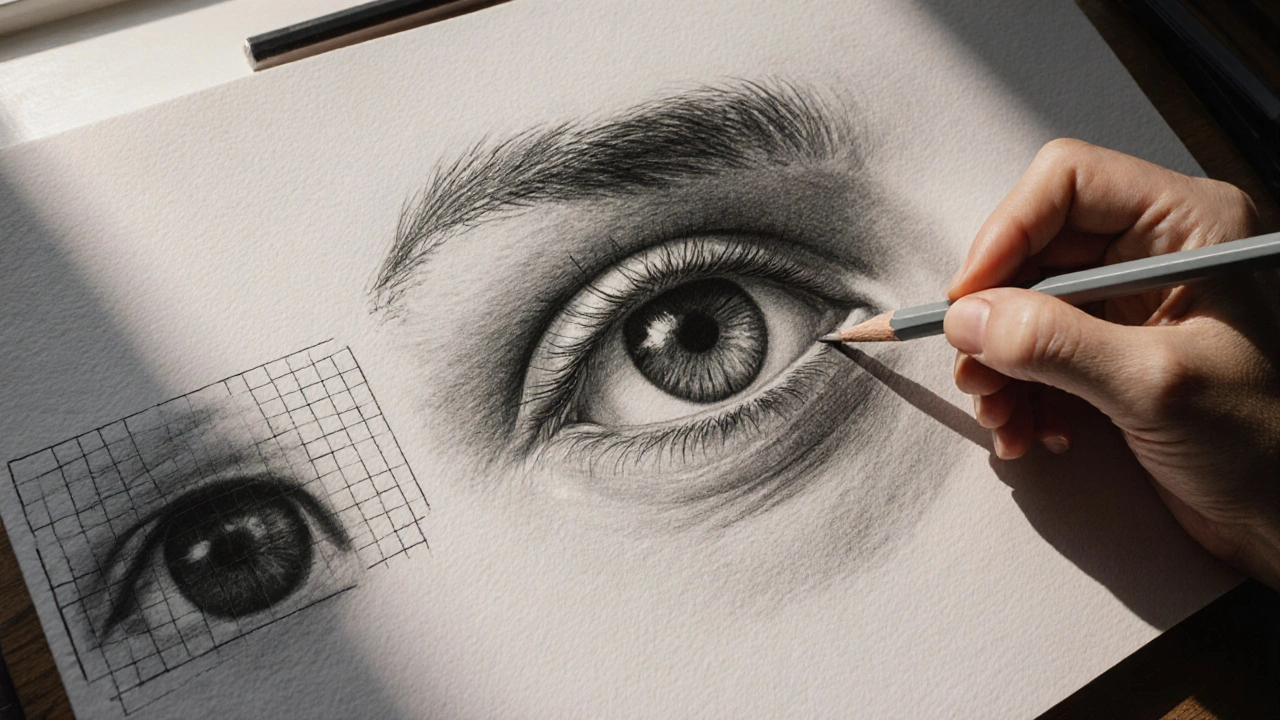Photorealistic Art: How Artists Make Paintings Look Like Photos
When you see a photorealistic art, a painting so detailed it looks like a photograph, often created using grids, projectors, and meticulous brushwork to replicate reality with impossible precision. Also known as hyperrealism, it doesn’t just copy a photo—it amplifies it, pulling out textures, reflections, and shadows most people never notice. This isn’t just about skill. It’s about obsession. Artists spend weeks, sometimes months, on a single piece, studying how light hits a soda can or how sweat gathers on a forehead. The goal isn’t to be flashy—it’s to make you stop and wonder: Did they paint this… or is it a photo?
Photorealistic art requires patience, precision, and a deep understanding of light and texture. It draws from photography, but it’s not photography. It’s a painting that mimics the camera’s eye, yet still carries the human hand. You’ll find it in still lifes—glass bottles, fruit, metal—where every drop of condensation is painted by hand. It shows up in portraits, too, where pores, stubble, and stray hairs are rendered with clinical accuracy. Artists like Chuck Close and Richard Estes helped define the style, but today’s creators are pushing it further, painting reflections in car windows, smartphone screens, even the blur of motion. It’s not just about copying reality—it’s about questioning how we see it.
There’s a quiet power in photorealistic art. In a world flooded with digital images, these paintings force you to slow down. They make you look closer. They remind you that something made by hand, with oil or acrylic, can outdo even the sharpest camera. And while some call it cold or mechanical, the truth is, it’s deeply emotional. The time spent. The focus. The silence in the studio. That’s what you’re really seeing—not just a reflection, but a person’s dedication.
Below, you’ll find posts that break down how this style works, who the leading artists are, what tools they use, and why it still holds such a grip on viewers today. Whether you’re curious about the technique, want to try it yourself, or just love the wow factor, there’s something here for you.

